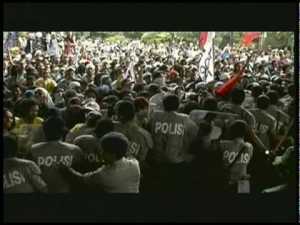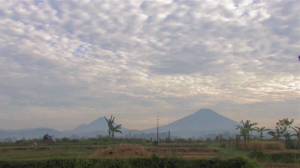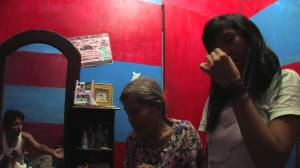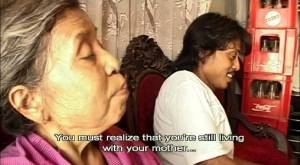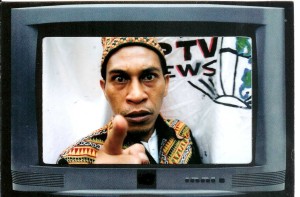Human Interaction scenes
Shooting human interaction in a observational documentary it is important to be a participant, instead of an observer or an outsider. Doing so you, as director/camera operator can become invisible.
To reach that stage you should always be physically close to the most emotional effected person in the scene and than shoot it from camera angles that represent your personal “point of view” of the happening.
- Avoid camera angles on eye levels of the people you are shooting because you block their field of vision. Slightly underneath or slightly above the eye level is more dramatic and expressive anyway.
- Don’t use panning or sweeping camera movements but use Orbital camera movements instead.
- Don’t follow people by literally following them in over-shoulder. Walk in from of them or besides them instead. The Comodo-ORBIT enables you to do that in a very easy way.
- Don’t let people look in the lens. When people are looking in the lens of you camera it distracts the audience that are watching your film because eyes attract attention.
It is also an warning because if people inside a happening do have the freedom to divide their attention between the happening and you, than you are filming on the wrong people.
- Compensate instability of the camera movements and body fatigue as much as you can.
To reach that stage you should always be physically close to the most emotional effected person in the scene and than shoot it from camera angles that represent your personal “point of view” of the happening.
- Avoid camera angles on eye levels of the people you are shooting because you block their field of vision. Slightly underneath or slightly above the eye level is more dramatic and expressive anyway.
- Don’t use panning or sweeping camera movements but use Orbital camera movements instead.
- Don’t follow people by literally following them in over-shoulder. Walk in from of them or besides them instead. The Comodo-ORBIT enables you to do that in a very easy way.
- Don’t let people look in the lens. When people are looking in the lens of you camera it distracts the audience that are watching your film because eyes attract attention.
It is also an warning because if people inside a happening do have the freedom to divide their attention between the happening and you, than you are filming on the wrong people.
- Compensate instability of the camera movements and body fatigue as much as you can.
